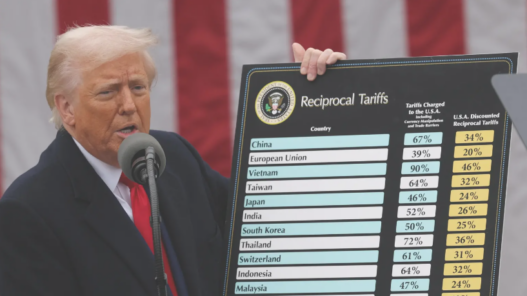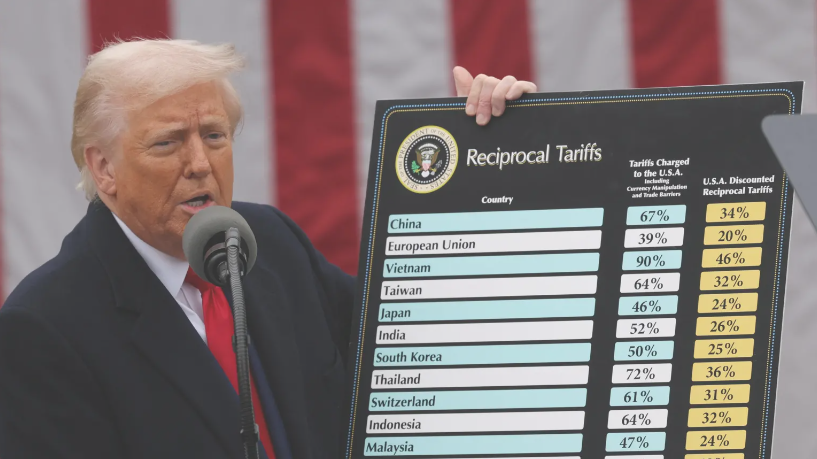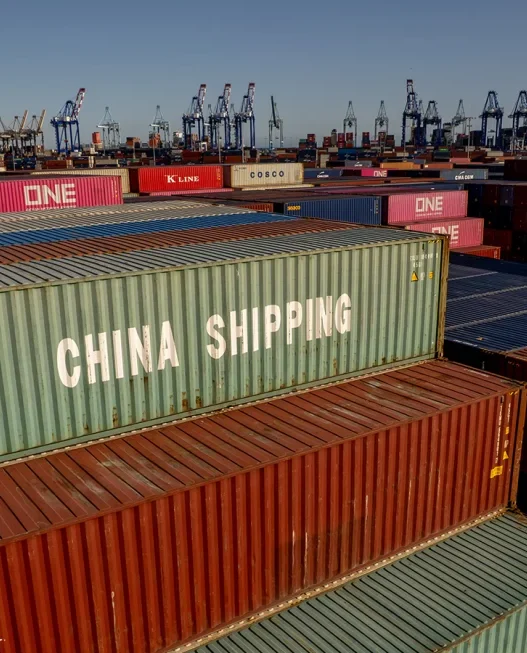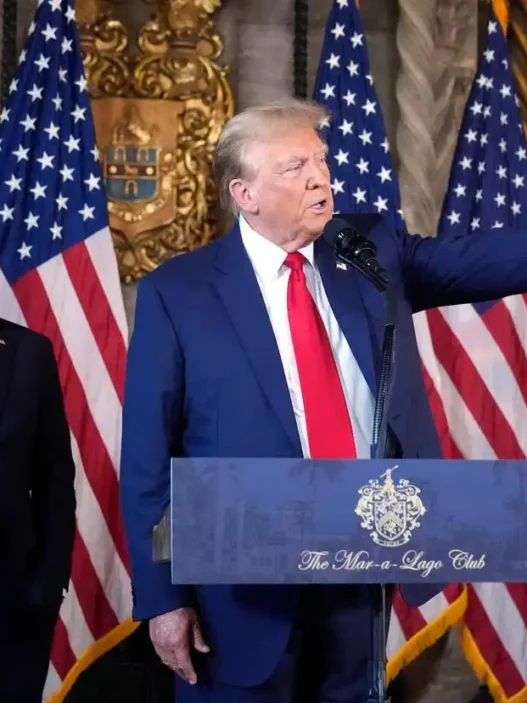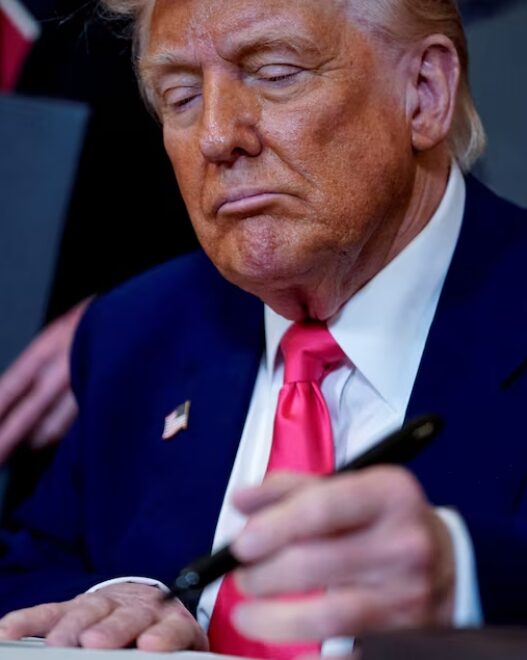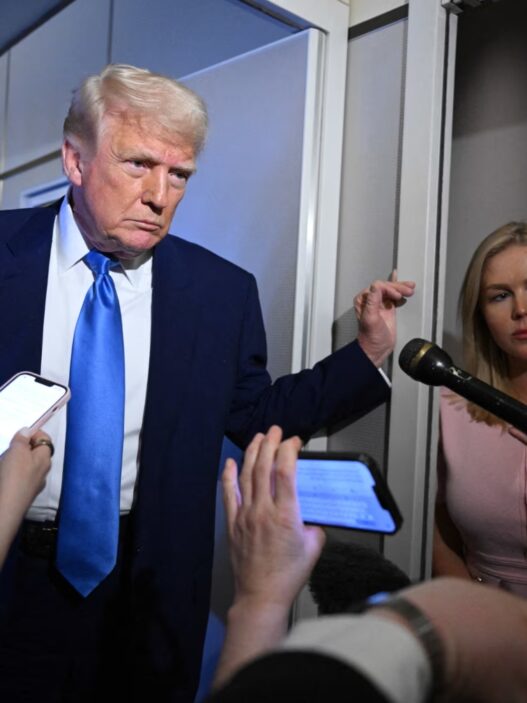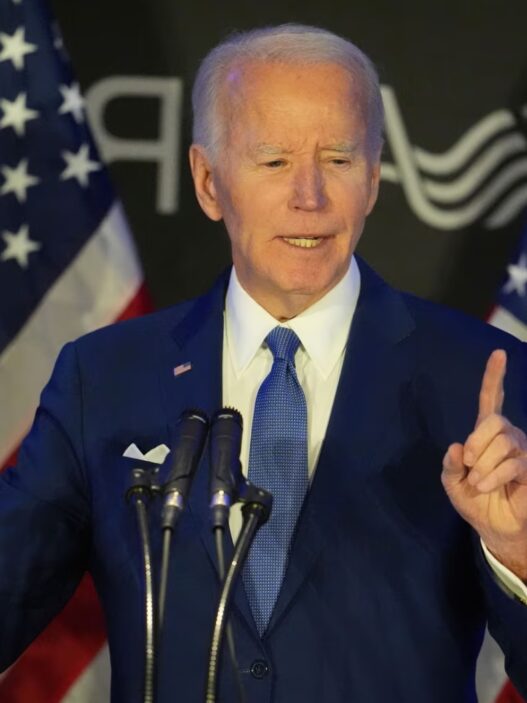On April 2, local time, the White House released a statement. President Donald Trump declared a national emergency. The move is intended to enhance America’s global competitiveness. It also aims to protect the country’s sovereignty. Lastly, it is designed to reinforce both national and economic security.
New Tariff Strategy: 10% Baseline and Targeted Duties
Trump’s administration introduced a major new tariff policy. Starting at 12:01 a.m. Eastern Time on April 5, the U.S. will apply a 10% “baseline tariff” on imports from all countries.
However, this is just the beginning. For countries with the largest trade deficits with the U.S., Trump will impose personalized “reciprocal tariffs”. These tariffs will be higher than the baseline. The reciprocal tariffs will take effect on April 9 at 12:01 a.m. Eastern Time.
The statement also noted that Trump has “modification authority.” This means he can adjust the tariff rates, either raising or lowering them as necessary.
Exempted Goods: What’s Not on the Tariff List
Not all goods will be subject to these new tariffs. Some products will be exempted from the reciprocal tariffs.
Goods already under Section 232 tariffs will not be affected. This includes steel, aluminum, automobiles, and auto parts. Goods that may fall under future Section 232 considerations will also be exempted. Additionally, energy resources and certain minerals that the U.S. does not produce will not be subject to these tariffs.
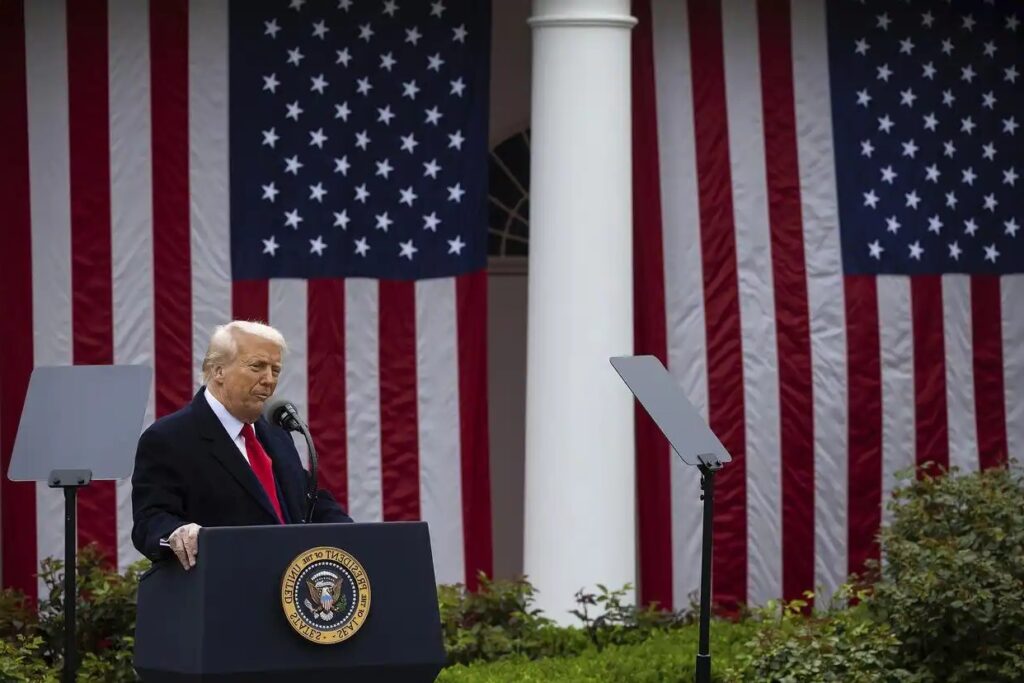
Moreover, gold bullion, copper, pharmaceuticals, semiconductors, and lumber will be excluded from the new duties.
North American Trade: USMCA-Protected Goods Stay Exempt
There is good news for America’s neighbors. Goods that meet the criteria of the United States–Mexico–Canada Agreement (USMCA) will remain exempt from these tariffs. This includes products from both Canada and Mexico. As long as the terms of the agreement are met, these countries will not face the new tariffs.
Critics Sound the Alarm Over Economic Fallout
Although Trump claims the tariffs will boost American manufacturing and generate government revenue, many experts disagree. Economists and business leaders have raised concerns.
They warn that the tariffs could have unintended consequences. Prices may rise, which could hurt consumers. U.S. businesses could face higher costs for imported goods. Global supply chains might be disrupted, and the global economy could be negatively impacted.
In essence, the consequences of these tariffs might outweigh any benefits.
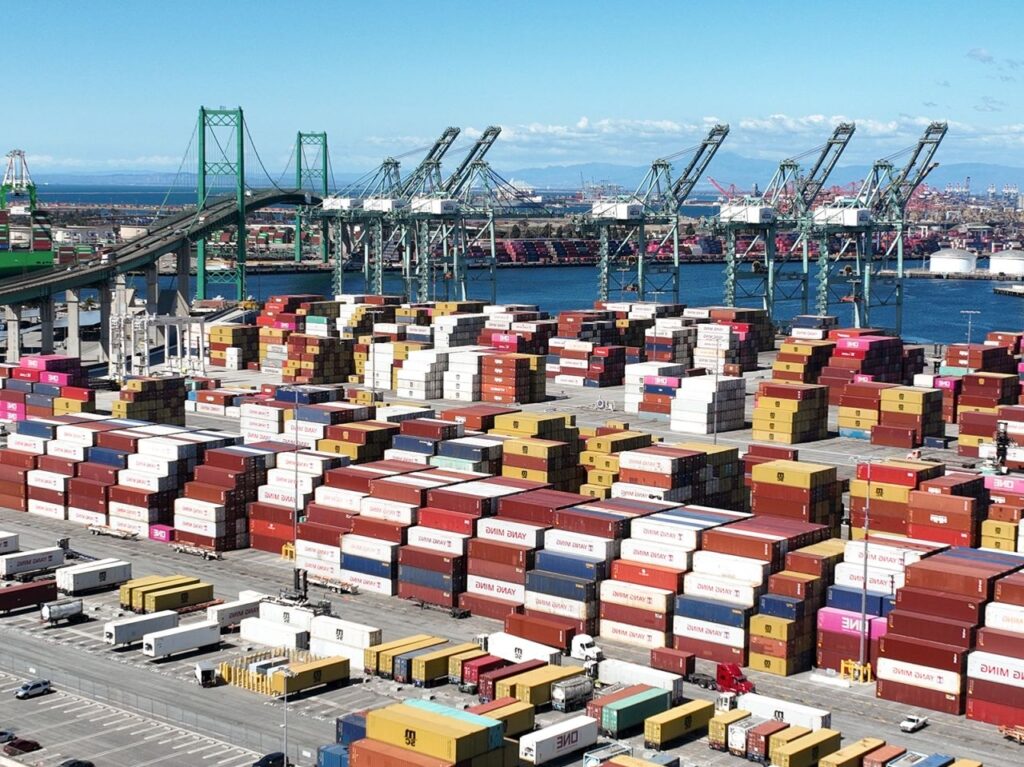
A Brewing Trade Showdown?
Several of the U.S.’s key trading partners have already hinted at possible retaliatory measures. This could lead to a larger trade dispute. What started as an effort to protect American interests might turn into a much broader trade conflict. The effects could ripple far beyond U.S. borders.
As the situation develops, it remains to be seen whether these tariffs will help or harm the U.S. economy — and whether they will lead to a major shift in global trade.







